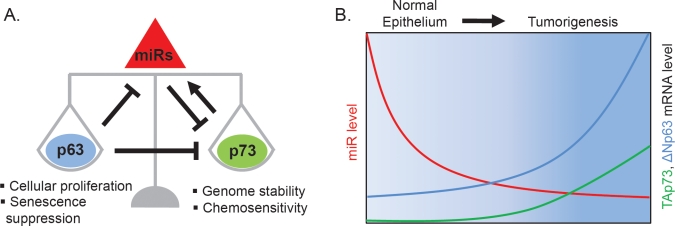Figure 1. A miR-mediated negative feed-forward loop maintains p63/p73 homeostasis in the epithelium.
A. Proposed miR-mediated feed-forward circuit. P63 is a transcriptional repressor of miRs that target p73 for inhibition. One of these miRs, miR-193a, is a direct transcriptional target repressed by p63 and activated by p73. P63 also inhibits p73 function by direct physical interaction and by binding to shared promoter elements. This p63/p73 circuit is unique in involving two transcription factors which are members of a conserved gene family. Additionally, it is remarkable for implicating three levels of direct regulation: transcriptional regulation by p63 and p73 of the miR; post-transcriptional regulation by the miR of p73, and post-translational regulation by p63 of p73 activity.
B. Schematic expression levels of p63, p73 and miR-193a in basal cells of stratified squamous epithelium (normal) and squamous cell carcinoma (tumor). Both p63 and p73 are up-regulated in tumors relative to normal cells. Increased p63 expression in tumors mediates miR-193a repression, which in turn contributes to increased p73 mRNA and thereby maintains a balanced p63/p73 ratio. Disruption of the network by miR inhibition increases p73 activity, leading to impaired cellular viability and enhanced chemosensitivity.

